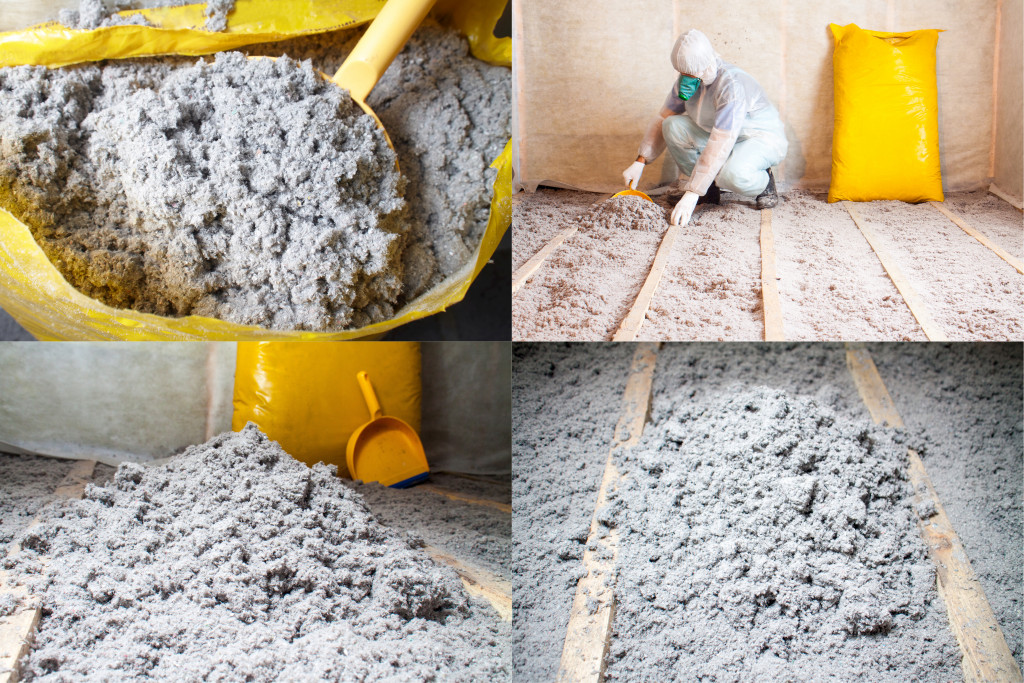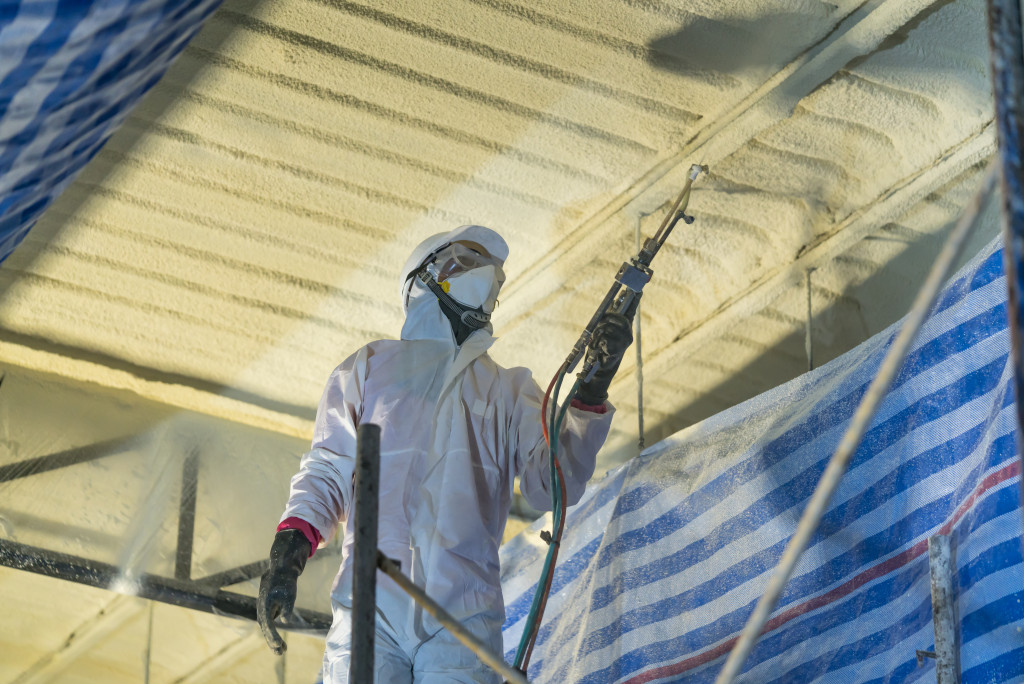- Home insulation is crucial for temperature regulation and energy efficiency, but homeowners often overlook it.
- Factors like improper installation, aging, leaks, and inadequate insulation in certain home areas can lead to poor insulation.
- Environmental factors like weather conditions and temperature changes can negatively affect insulation performance.
- To tackle poor insulation, homeowners can increase insulation in problem areas, install energy-efficient doors and windows, or add more windows.
- Consulting a professional for insulation assessment and solutions is highly recommended for a comfortable and energy-efficient home.
As a homeowner, you want to ensure your house is comfortable and energy-efficient all year round. One essential aspect of achieving that is having adequate insulation in your home. Insulation helps to regulate temperatures and improve energy efficiency. However, many homeowners often overlook the importance of proper insulation, leading to poor insulation. Here’s what you need to know about the average temperature in the U.S., why your home has poor insulation, and how to deal with it.
Average Temperature in the Country
It’s estimated that the average temperature in the country is around 70 degrees Fahrenheit. However, in some states, it can get as cold as -20 degrees Fahrenheit or as hot as 120 degrees Fahrenheit. Depending on where you live, it’s essential to factor in the temperature when deciding your insulation needs.
Reasons Homes Have Poor Insulation
There are several reasons why homes have inadequate insulation. Here are some of them:

1. Poor Installation
One of the common reasons for poor insulation in many homes is the improper installation of insulation materials. When the insulation is not installed correctly, there may be gaps between the materials, and the insulation may become ineffective. It is crucial to have a professional insulation contractor install your insulation to ensure that it is done correctly.
2. Age
Over time, insulation materials can settle and compact, reducing their effectiveness. If your home’s insulation is old, it may not provide the necessary insulation, leading to inadequate insulation, higher energy bills, and a less comfortable living environment. It is advisable to have your insulation assessed regularly to determine if it needs replacing.
3. Inadequate Insulation in Certain Areas
Specific areas in your home may require more insulation than others, such as the attic and walls. If these areas do not have adequate insulation, you may experience poor insulation in your home. A professional insulation contractor can identify the areas that require more insulation and provide an appropriate solution.
4. Leaks and Holes
Air leaks, gaps, and holes allow significant air to escape, resulting in poor insulation. These openings could be anywhere in your home, from door and window frames to attics and crawl spaces. However, the most common is on the roof.
Roof leaks and holes are common causes of poor insulation in many homes. If you notice any openings, it’s essential to seal them with a high-quality caulk or other material to prevent heat loss and improve your home’s overall insulation. If you can’t do this yourself, consider hiring a professional. A local expert roofing service can check your roof and repair any leaks or holes. They can do it safely and while you’re not at home.
5. Environmental Factors
Environmental factors such as weather conditions and temperature changes can also affect the insulation in your home. Excess moisture can cause the insulation to become damp and ineffective, while extreme temperatures can cause some insulation materials to deteriorate. Regular inspections can help identify if your insulation has been affected by environmental factors.
Ways to Deal With Poor Insulation
If your home has poor insulation, there are some simple steps you can take to address the issue.
Increase Insulation in Problem Areas
If you have identified areas of insufficient insulation, increasing their insulation is essential. You may need to add more insulation or upgrade your existing materials. If you’re unsure what insulation is best for your home, consult a local professional specializing in residential insulation services.

Install Energy Efficient Doors and Windows
Another method to improve your home’s insulation is to install energy-efficient doors and windows. This might be a more extensive and costly solution, but it’s a worthwhile investment in the long run. Energy-efficient doors and windows can better insulate your home, reducing heat loss in winter and keeping your home cooler in summer. This can help to decrease your energy consumption and lower your utility bills.
Install More Windows
Lastly, consider installing more windows in your home. Installing south-facing windows can bring natural sunlight into your house, which can help to keep temperatures at a comfortable level. This is particularly beneficial during winter as it helps to reduce the need for artificial heating. However, use energy-efficient window treatments such as blinds or curtains to prevent excessive heat loss in summer and winter.
Overall, having adequate insulation in your home is essential for keeping it comfortable and energy-efficient all year round. If you think your home has poor insulation, don’t hesitate to contact a professional. They can assess the issue and provide suitable solutions to improve your home’s insulation, ensuring a comfortable and cozy home.

